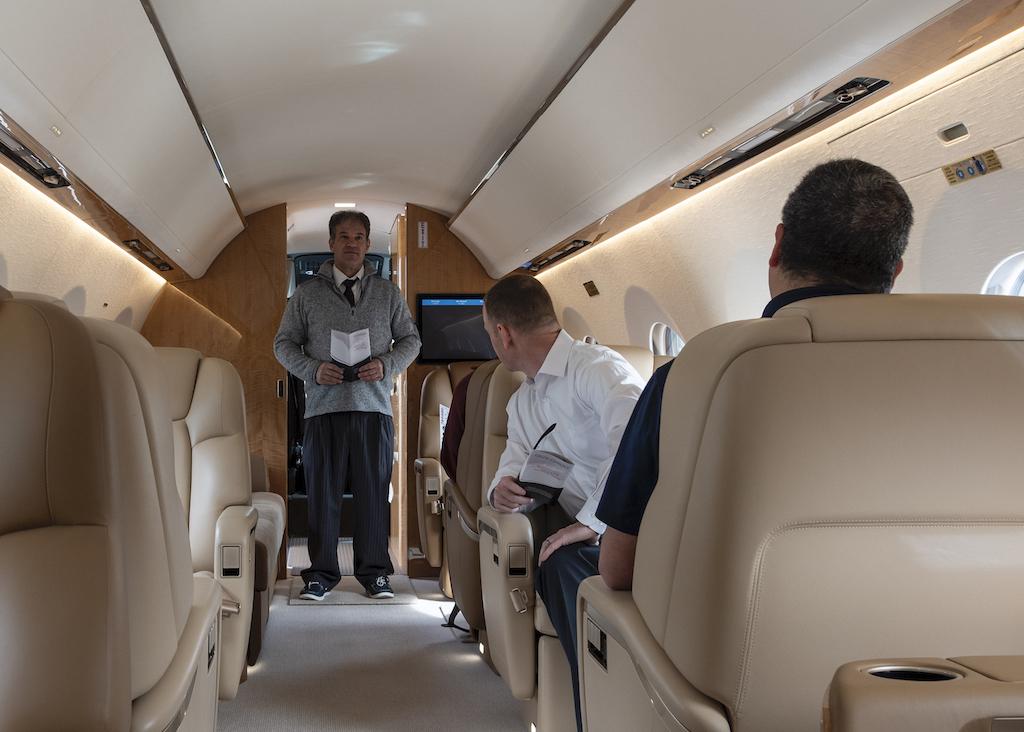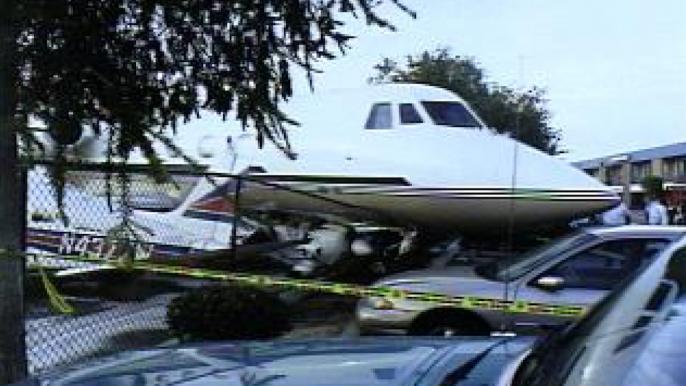
Editor's note: this is the first of a two-part article on passenger briefings.
If you are in the business of moving people from Point A to Point B, you could/should/must be in the business of letting these people--let’s call them passengers--know what to expect when things go well and not so well. A lot of the specifics depend on your operation, but in my view, they shouldn’t. What follows is a checklist of sorts that you will only have to run once, but when you do, it might change the way you look at passenger briefings.
Understand the Regulatory Requirements
For those of us flying under U.S. FAA rules, the basic requirement for passenger briefings is in FAR Part 91.519 and it begins: “Before each takeoff the pilot in command (PIC) of an airplane carrying passengers shall ensure that all passengers have been orally briefed on…” and then lists what has to be briefed.
Take notice of the phrases “shall ensure” and “have been orally briefed.” The former means the PIC can delegate this responsibility; but that does have restrictions if you fly commercially. (More on that later.) The latter statement doesn’t say when, other than the past tense. Can you have briefed the passengers a year ago? Sure, but you have to ensure that it has been done at some point. Part 121.571 also says this briefing must be made “before each takeoff.” Every Part 135 operator I’ve worked for also requires the briefing before each takeoff.
If you are flying internationally, you will see similar language in ICAO Annex 6 Part II, Paragraph 2.2.2.3.1, again with the “shall ensure” phrase but without the “orally briefed” stipulation.
How does this change for commercial operators? Part 135.117 restricts the delegation to the pilot in command, “a crewmember, or other qualified person designated by the certificate holder and approved by the administrator.” With most operations, a flight attendant is approved, a cabin attendant is not. You will have to check your approved operations manual to be sure.
The bare minimum list of things to brief can be found in those references and include:
*Smoking (when, where and under what conditions it is prohibited).
*Use of safety belts and harnesses.
*Location and means for opening the passenger entry door and emergency exits.
*Location of survival equipment.
*Ditching procedures and the use of flotation equipment for a flight over water.
*The normal and emergency use of oxygen equipment installed on the airplane.
*Location and operation of fire extinguishers (commercial operations).
While there are qualifiers for commercial operators and for rotorcraft operations, the list is fairly short. The use of personal electronic devices should also be covered, but the requirements go well beyond a reading of Part 91.21, which limited these PEDs to hearing aids, pacemakers and other items you might only see in a 1950s television program. If your operation hasn’t tackled the subject of PEDs and lithium-ion batteries, you need to do that as soon as possible. See Advisory Circular 91.21-1, Use of Portable Electronic Devices Aboard Aircraft. Also, take a look at “Saying Yes to Portable Electronic Devices” in the January 2015 issue of BCA for a primer.
Understand the Risks

Before you adopt a “one and done” approach to passenger briefings, consider that information that has been received recently is going to be more easily recalled. And passengers who have been schooled on the use of emergency exits the day of the flight will be better prepared than those who haven’t thought about it since the day they boarded the aircraft for the first time.
You should also realize that every time you give the briefing, you will better cement the same information for when they need it most. Business aviation has too many examples where the passengers were seemingly better prepared than the crew.
On Feb. 16, 1999, a Gulfstream II departed the end of Runway 16R after landing at Van Nuys Airport (KVNY), California, and came to rest with the main entry door jammed. The pilots and cabin attendant evacuated the aircraft using the aft baggage compartment door, running right past their only passenger, leaving him alone and wondering what to do. He thankfully had the presence of mind to follow the crew to safety and into the arms of a firefighter.
On Feb. 2, 2005, a Bombardier Challenger 600 departed the end of Runway 06 at Teterboro Airport (KTEB), New Jersey, after failing to take off, and crashed into a building. Both pilots were pinned in their seats and the cabin attendant was unable to open the main entrance door. Two passengers were able to rotate the handle and kick the door open.
As crewmembers, we can clearly benefit from a regular briefing to keep these kinds of emergency procedures fresh in our minds. You might think a briefing prior to every takeoff is unnecessary, especially if you fly only with the same passengers. In my flight department, we brief all of our passengers during their first flight with us every calendar year. We track who has been briefed to ensure no one escapes the briefing.





